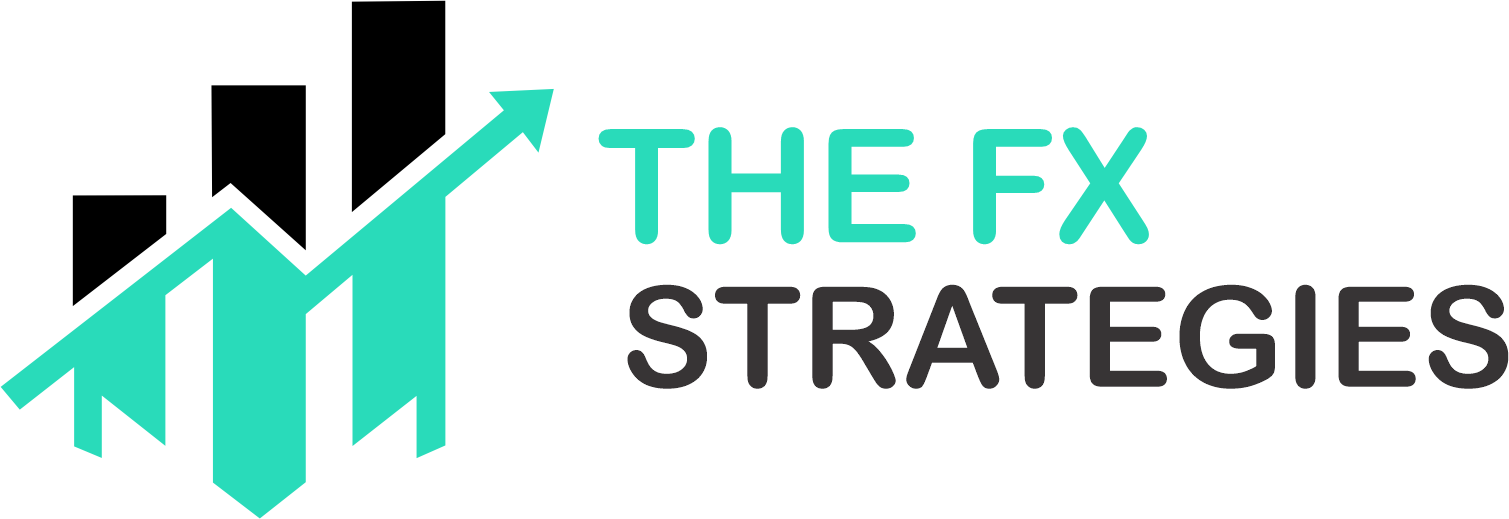In the world of Forex trading, using multiple indicators can significantly increase the accuracy of your trade setups. By combining different types of indicators, you can gain a more comprehensive view of the market, allowing you to identify high-probability setups with greater confidence. However, it’s essential to understand how to combine indicators effectively, as using too many can lead to confusion and contradictory signals.
In this article, we’ll discuss how to combine multiple Forex indicators to create high-probability trade setups. We’ll cover the most commonly used indicators and how to combine them strategically for the best results.
Why Combine Multiple Indicators?
Using a single indicator might give you some insight into the market, but combining multiple indicators provides a more holistic view. When multiple indicators point to the same outcome, it increases the likelihood of a profitable trade. Here’s why combining indicators is essential:
- Confirmation of Signals: Combining indicators helps confirm the signals you’re receiving. For example, if both your moving averages and RSI show the same trend, it’s a stronger confirmation that the market is moving in a particular direction.
- Improved Accuracy: Relying on a single indicator can sometimes give false signals due to market noise. Combining different indicators helps filter out these false signals.
- Increased Probability: The more confluence you have from different indicators, the higher the probability that your trade setup will succeed.
Key Types of Forex Indicators
Before combining indicators, it’s essential to understand the main categories of indicators and how they work:
1. Trend Indicators
These indicators help you identify the market’s direction (uptrend, downtrend, or sideways). Trading in the direction of the trend increases the likelihood of success.
- Moving Averages (MA): Moving averages (simple moving average, exponential moving average) smooth out price data to identify the trend. Traders often use the 50-period and 200-period MAs to identify long-term trends.
- Average Directional Index (ADX): ADX measures the strength of a trend, helping traders determine if the market is trending or ranging. Values above 25 indicate a strong trend, while values below 20 suggest a weak or sideways market.
2. Momentum Indicators
Momentum indicators measure the speed and strength of price movements. These are useful for determining whether a market is overbought or oversold, indicating potential reversal points.
- Relative Strength Index (RSI): RSI is a momentum oscillator that ranges from 0 to 100. An RSI above 70 indicates an overbought market, while an RSI below 30 suggests an oversold market.
- Stochastic Oscillator: This oscillator compares a closing price to its price range over a set period. Values above 80 indicate an overbought market, while values below 20 suggest an oversold market.
3. Volatility Indicators
Volatility indicators help assess market fluctuations and potential price swings. These indicators can help traders predict breakout opportunities.
- Bollinger Bands: Bollinger Bands consist of a moving average and two standard deviation lines. When the price moves outside of the bands, it’s often a signal that a strong move is imminent.
- Average True Range (ATR): ATR measures market volatility. A higher ATR indicates higher volatility and potential for larger price movements, while a lower ATR suggests lower volatility and smaller moves.
4. Support and Resistance Levels
Support and resistance levels are key price points where the market has reversed in the past. Combining these levels with other indicators helps traders spot potential reversals or breakouts.
- Horizontal Support and Resistance: Look for horizontal lines where price has reversed multiple times in the past. These levels act as key areas for potential breakouts or reversals.
- Trendlines: Trendlines connect the highs or lows of a price move, acting as dynamic support and resistance levels.
How to Combine Multiple Indicators for High-Probability Setups
Now that you understand the different types of indicators, let’s look at how to combine them to create high-probability setups.
1. Combine Trend and Momentum Indicators
The combination of trend indicators and momentum indicators is one of the most powerful setups for high-probability Forex trades. Here’s how you can do it:
- Entry Setup: Use a trend-following indicator (like a moving average or ADX) to identify the market’s direction. Once the trend is established, use a momentum indicator (like RSI or Stochastic) to confirm if the market is overbought or oversold, indicating a possible reversal or continuation.
- Example: If the market is in an uptrend (confirmed by a moving average), and the RSI is below 30 (indicating the market is oversold), it could be an opportunity to buy, expecting the price to reverse and continue the uptrend.
2. Use Multiple Moving Averages for Confirmation
Combining different moving averages can provide a powerful confirmation of the trend. The 50-period MA can be used to identify the medium-term trend, while the 200-period MA helps determine the long-term trend. Here’s how you can combine them:
- Entry Setup: When the price is above both the 50-period and 200-period MAs, it indicates a strong uptrend. Look for a pullback to the 50-period MA as a potential buying opportunity.
- Confirmation: To confirm the setup, use a momentum indicator like the RSI. If the RSI is above 50, this confirms that the trend is likely to continue.
3. Bollinger Bands and RSI for Breakouts
Bollinger Bands and the RSI are excellent tools for spotting breakout opportunities in Forex trading. Here’s how to combine them effectively:
- Entry Setup: Wait for the price to break out of the upper or lower Bollinger Band. If the breakout occurs and the RSI is also moving above 50 (for an uptrend) or below 50 (for a downtrend), it adds confirmation to the breakout move.
- Exit Strategy: Set your take-profit target at the opposite Bollinger Band, which can often serve as a resistance or support level.
4. Stochastic Oscillator and Support/Resistance Levels
The Stochastic Oscillator combined with support and resistance levels provides a reliable method for identifying potential reversal points. Here’s how to use them together:
- Entry Setup: Look for the Stochastic Oscillator to show overbought or oversold conditions (above 80 or below 20) near significant support or resistance levels. A price reversal at these levels with the Stochastic crossing the 80 or 20 lines indicates a high-probability setup.
- Example: If the price reaches a resistance level and the Stochastic shows an overbought condition (above 80), this could indicate that the price will reverse downward, providing a shorting opportunity.
5. ATR for Setting Stop-Loss and Take-Profit Levels
Once you’ve identified a high-probability setup, the Average True Range (ATR) can be used to set your stop-loss and take-profit levels. By using ATR, you can set more realistic levels based on current market volatility.
- Stop-Loss: Set your stop-loss based on a multiple of the ATR. For example, if the ATR is 30 pips, set your stop-loss at 1.5 times the ATR (45 pips) from your entry point.
- Take-Profit: Similarly, set your take-profit target at a multiple of the ATR, ensuring that your risk-to-reward ratio is favorable (e.g., 1:2 or 1:3).
Combining Indicators: Best Practices
To ensure that combining multiple indicators leads to high-probability setups, follow these best practices:
- Avoid Overcomplicating Your Strategy: Too many indicators can lead to confusion and contradictory signals. Stick to a few key indicators and use them in conjunction with each other.
- Look for Confluence: The more indicators align and provide confirmation of the same market direction, the higher the probability of a successful trade.
- Adapt to Market Conditions: Adjust your strategy based on market volatility and trend strength. Some indicators work better in trending markets, while others are more effective in sideways markets.
- Test Your Strategy: Always backtest your combined indicators on historical data to verify their effectiveness. Use a demo account to practice and refine your strategy before applying it in live trading.
Conclusion
Combining multiple Forex indicators can significantly improve your ability to spot high-probability setups. By blending trend indicators, momentum oscillators, and volatility tools, you can enhance your trading decisions and reduce risk. The key is to use indicators that complement each other, provide confirmation, and offer a holistic view of the market.
As you gain experience with combining indicators, you’ll be able to tailor your strategy to suit different market conditions, increasing your chances of consistent profitability in Forex trading.


